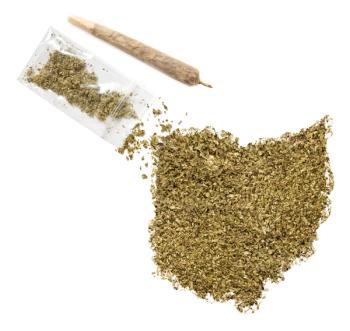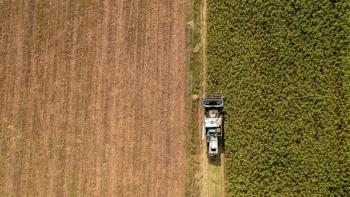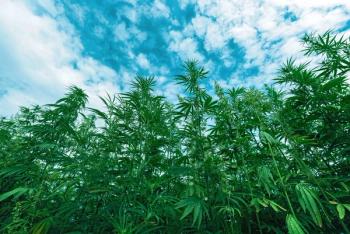
New Article Discusses Natural Cannabinoids Found in Non-Cannabis Plant
Israeli researchers have found that the wooly umbrella (Helichrysum umbraculigerum), a non-cannabis plant, produces several cannabinoids believed only to have belonged to the cannabis plant.
Move aside cannabis, there’s a new medicinal plant in town. Helichrysum umbraculigerum, also known as the wooly umbrella plant, a velvety yellow plant native to South Africa, was discovered to produce cannabinoids similar to some that are found in cannabis. With this latest discovery, it may open new opportunities for developing medicines and treatments that were previously only believed could be created with the cannabis plant.
Researchers from the Weizmann Institute of Science identified that Helichrysum umbraculigerum generates several active cannabinoids usually found in cannabis (1). Some of these compounds offer medicinal purposes. The team of researchers' study results were published in the peer-reviewed journal, Nature Plants, in the beginning of May 2023 (2).
Cannabinoids provide a variety of uses. They have been shown to offer relief from pain, anxiety, nausea, epileptic seizures, and several other health conditions. Cannabis’s medicinal qualities are always growing. Through more research, cannabinoids can show that they can help serve a variety of ailments such as cancer or neurodegenerative diseases.
Humans have molecular receptors which respond to cannabinoids. These cannabinoids may be able to be used to treat conditions that have little treatment options or for patients who have run out of treatment plans for their illnesses.
In the wooly umbrella plant, Weizmann researchers identified over 40 cannabinoids. The research group also disclosed the series of biochemical steps this plant takes in creating the cannabinoids and displayed how the plants steps can be reproduced in a laboratory to engineer new cannabinoids that currently do not exist or synthesize existing cannabinoids.
The cannabis plant produces more than 100 cannabinoids. Although the Helichrysum umbraculigerum doesn’t have as many, it may prove itself to be a good alternative and is also a fast-growing perennial plant.
“We have found a major new source of cannabinoids and developed tools for their sustained production, which can help explore their enormous therapeutic potential,” said Dr. Shirley Berman, who led the study (1).
The wooly umbrella plant does not belong to the same family of plants as cannabis. Instead, its relatives include plants such as, lettuce, daisies, and sunflowers. Scientists mentioned that there have been reports of the Helichrysum umbraculigerum plant releasing intoxicating fumes when it has been burnt in African folk rituals.
The Weizmann team sequenced the plants’ entire genome, using advanced analytical chemistry. This included testing with high-resolution mass spectroscopy (HRMS), to identify the wooly umbrella’s cannabinoids, as well as, using nuclear magnetic resonance (NMR) to help reveal a more accurate structure of over a dozen cannabinoids and other related metabolites.
Berman’s group of researchers were able to trace the entire biochemical pathway that is involved in the production of cannabinoids and figured out the location in the plant where they are made.
Unlike the cannabis plant, the wooly umbrella manufactures cannabinoids mainly in their leaves. With cannabis, cannabinoids are produced in flower clusters or inflorescences (1). This may provide the wooly umbrella plant an economic advantage over cannabis because cannabinoids in the cannabis plant are shorter-lived and can be challenging to harvest.
“The next exciting step would be to determine the properties of the more than 30 new cannabinoids we’ve discovered, and then to see what therapeutic uses they might have,” said Berman (1).
References
Newsletter
Unlock the latest breakthroughs in cannabis science—subscribe now to get expert insights, research, and industry updates delivered to your inbox.





